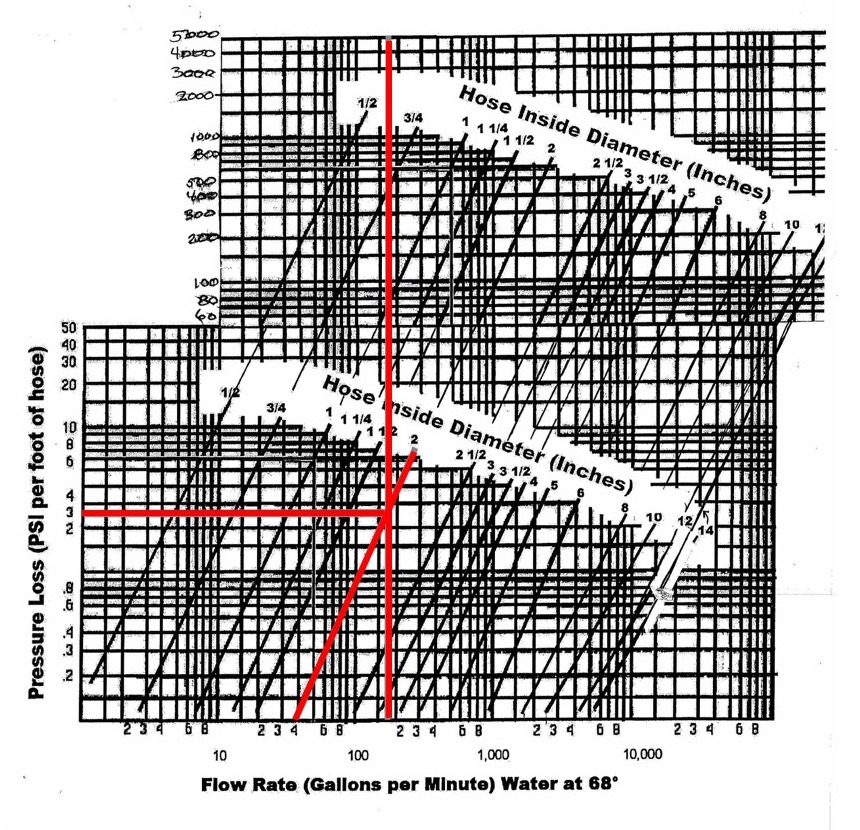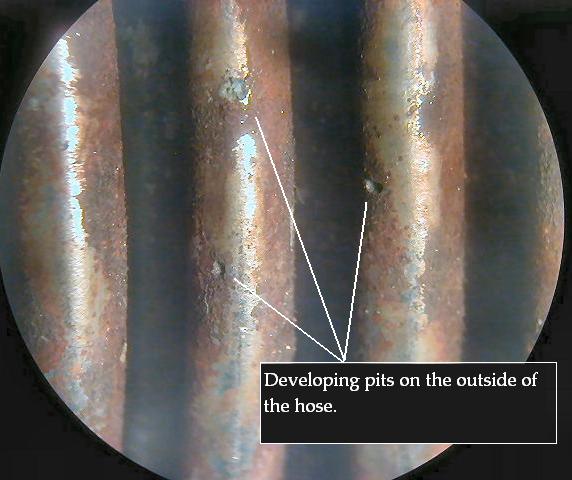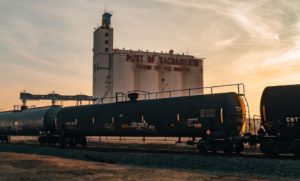Note: To print, please click here.
When selecting a hose for a specific pressure application among various factors that must be taken into consideration, the operating temperature and dynamic stress (pressure spikes, vibration, frequent movements etc.) are the most important parameters to consider. The working pressures published in Penflex’s product catalog apply to operating conditions at 70°F and therefore at higher operating temperature, they need to be reduced by applying temperature adjustment factor.
Because braid is the main component of the assembly that prevents the hose from elongation due to internal pressure, temperature adjustment factors should be based on the alloy used in the braid wire and are listed in the table below.
Temperature Adjustment Factor (based on braid alloy)
| Temp. °F | 304/304L Stainless Steel |
316L Stainless Steel |
321 Stainless Steel |
Carbon Steel | Monel | Bronze |
| 70 | 1.00 | 1.00 | 1.00 | 1.00 | 1.00 | 1.00 |
| 150 | .95 | .93 | .97 | .99 | .93 | .92 |
| 200 | .91 | .89 | .94 | .97 | .90 | .89 |
| 250 | .88 | .86 | .92 | .96 | .87 | .86 |
| 300 | .85 | .83 | .88 | .93 | .83 | .83 |
| 350 | .81 | .81 | .86 | .91 | .82 | .81 |
| 400 | .78 | .78 | .83 | .87 | .79 | .78 |
| 450 | .77 | .78 | .81 | .86 | .77 | .75 |
| 500 | .77 | .77 | .78 | .81 | .73 | |
| 600 | .76 | .76 | .77 | .74 | .72 | |
| 700 | .74 | .76 | .76 | .66 | .71 | |
| 800 | .73 | .75 | .68 | .52 | .70 | |
| 900 | .68 | .74 | .62 | |||
| 1,000 | .68 | .74 | .62 | |||
| 1,100 | .58 | .67 | .58 | |||
| 1,200 | .53 | .61 | .53 | |||
| 1,300 | .44 | .55 | .46 | |||
| 1,400 | .35 | .48 | .42 | |||
| 1,500 | .26 | .39 | .37 |
For example to calculate the Maximum Allowable Working Pressure (MAWP) for 3/4″ ID, 321 Stainless Steel Corrugated hose single-braided with 304L braid, which will be used at operating temperature of 800°F, the following calculations should be performed:
MAWP = Working Pressure at 70°F x Temp. Adjustment Factor = 792 PSI x 0.73 = 578 PSI
If the assembly will be subjected to dynamic stress such as fluctuations in pressure, then additional reduction factors should be applied to calculate MAWP. Some reduction factors for common pressure fluctuations (designated by NAHAD) are listed in the table below:
| Pressure Fluctuation | Derating Factor |
| Normal | 1.00 |
| Pulsating | 0.50 |
| Spike | 0.17 |
So, if our assembly (from the example above) will be subjected not only to high temperature environment, but also will be experiencing pulsating pressure fluctuations, then MAWP has to be reduced even further:
MAWP = 792 PSI x 0.73 = 578 PSI x 0.50 = 289 PSI
To print, please click here.


